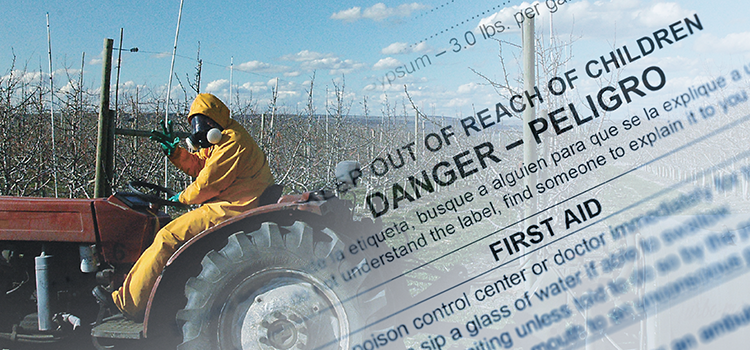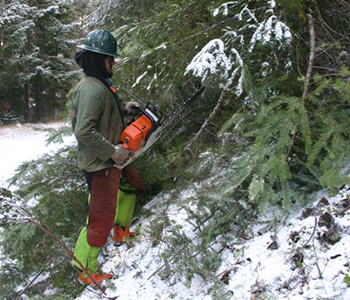Practical Solutions for Pesticide Safety: Handheld Equipment
Safety solutions for handheld application equipment
For this project we work with agricultural industry partners to discover and share practical pesticide safety measures for handheld application equipment. We are finding solutions in greenhouses, nurseries, and forest services industries.


